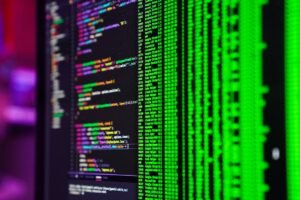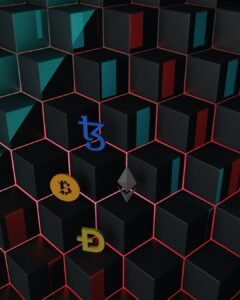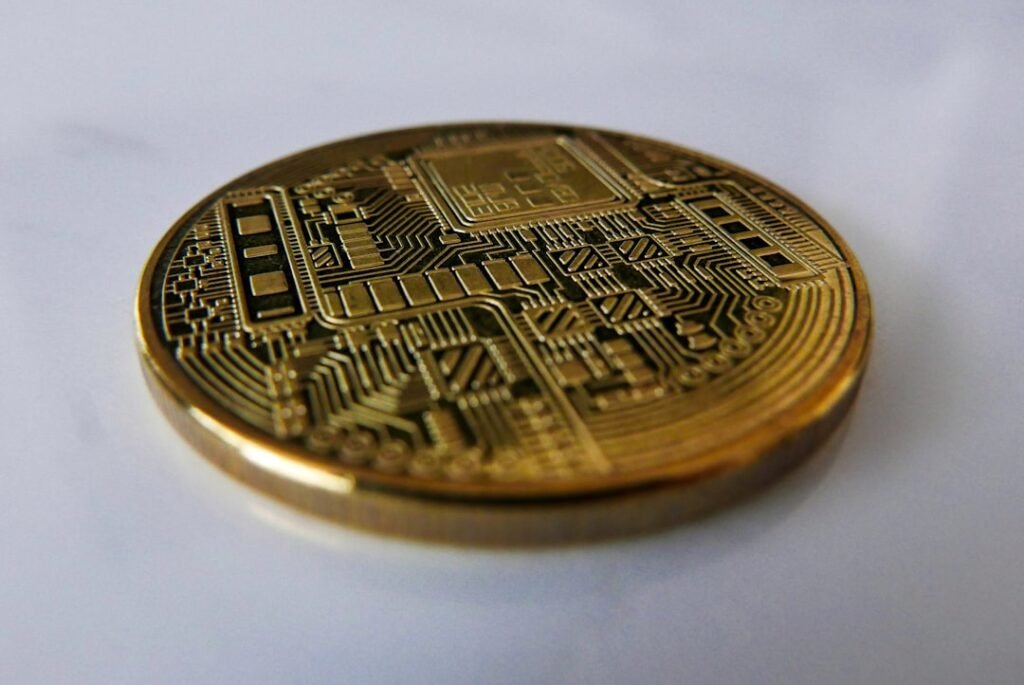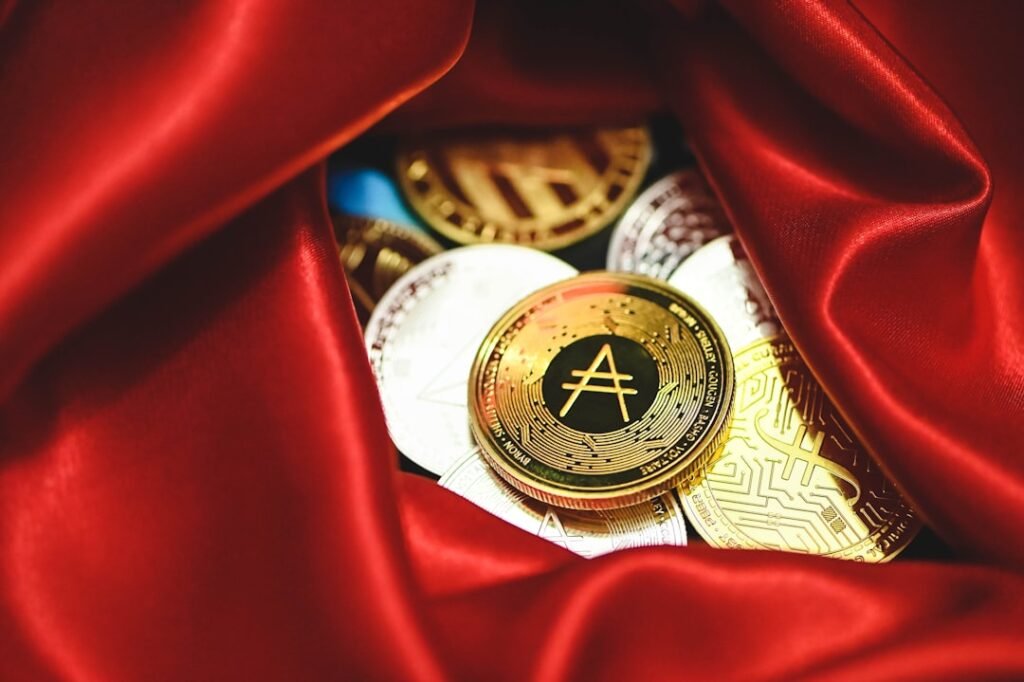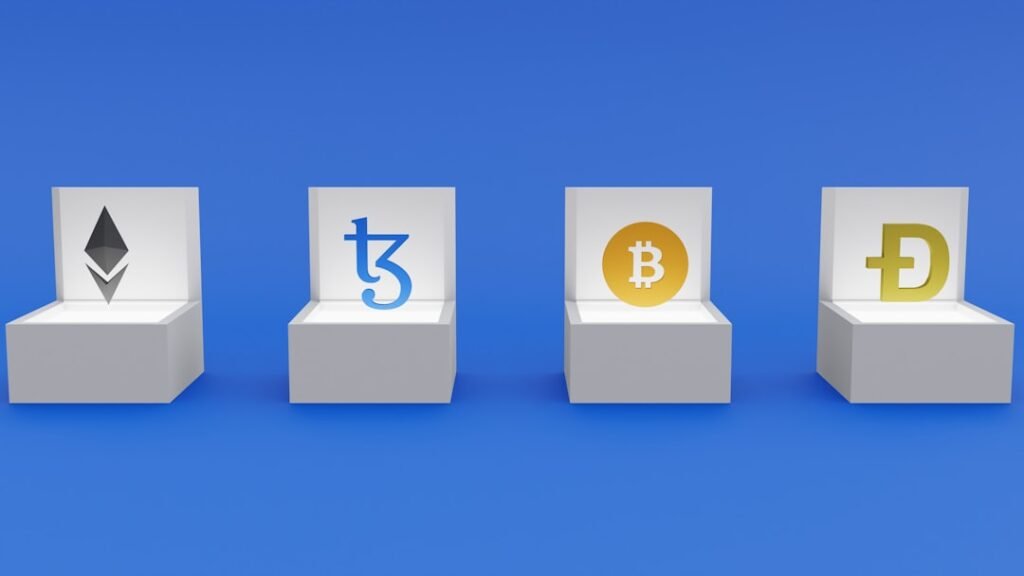Ethereum: Beyond Digital Currency, The Engine of Blockchain's Future
Imagine a global computer that never sleeps, where applications run without corporate control, financial systems operate without banks, and digital ownership is indisputable. This isn't science fiction – it's the reality Ethereum is building. While Bitcoin introduced the world to decentralized digital currency, Ethereum's vision extends far beyond payments into a new frontier of programmable trust.
The Ethereum Revolution: More Than Just Money
At its core, Ethereum is a decentralized, open-source blockchain platform that enables developers to build and deploy smart contracts and decentralized applications (DApps). Unlike traditional applications running on centralized servers, Ethereum applications operate on a global network of computers (nodes), making them resistant to censorship and single points of failure.
The Ethereum ecosystem is powered by its native cryptocurrency, Ether (ETH). But calling ETH merely "digital money" misses its true purpose. ETH functions as the fuel powering the network – it's used to compensate participants who perform computations and validate transactions. Every operation on Ethereum consumes computational resources measured in "gas," paid for in ETH.
Smart Contracts: The Heartbeat of Ethereum
The true breakthrough lies in Ethereum's 스마트 컨트랙트 – self-executing agreements with terms directly written into code. These digital contracts automatically enforce obligations when predetermined conditions are met, eliminating intermediaries. For example:
- A smart contract could release payment to a freelancer immediately upon project completion verification
- An insurance contract could automatically pay claims when flight delay data is confirmed
- Royalties could be distributed instantly to artists with each NFT resale
Smart contracts enable complex applications to run exactly as programmed without downtime, fraud, or third-party interference. They're written primarily in Solidity, a programming language similar to JavaScript, and executed by the Ethereum Virtual Machine (EVM) – the global computational engine that powers the entire network.
Inside Ethereum's Engine: How It Actually Works
The Network Participants
- Validators: Stake 32 ETH to participate in block validation through Proof of Stake (PoS). They verify transactions and create new blocks, earning ETH rewards.
- Stakers: ETH holders who delegate their coins to validators through staking pools (like Lido or Rocket Pool), earning passive income while securing the network.
- Developers: Build and maintain the core protocol and decentralized applications.
- Users: Interact with DApps, from trading NFTs to borrowing in DeFi protocols.
Proof of Stake: Ethereum's Sustainable Consensus
Since "The Merge" in September 2022, Ethereum transitioned from energy-intensive Proof of Work (like Bitcoin) to efficient Proof of Stake. This monumental upgrade reduced Ethereum's energy consumption by approximately 99.95%. In PoS:
- Validators are chosen to propose blocks based on the amount of ETH staked
- Other validators attest to block validity
- Consensus requires agreement from at least two-thirds of validators
- Malicious actors face "slashing" – losing part of their staked ETH
This shift made Ethereum environmentally sustainable while maintaining robust security.
Gas: Fueling the Network
Every Ethereum transaction requires "gas" – the unit measuring computational effort. Gas fees serve two critical purposes:
- Compensating validators for computation, storage, and bandwidth
- Preventing network spam by making attacks economically impractical
Gas prices fluctuate based on network demand, creating a fee market where users can prioritize transactions by offering higher fees. The 2021 EIP-1559 upgrade introduced a base fee that's burned (removed from circulation), making ETH potentially deflationary during high-usage periods.
Ethereum's Transformative Use Cases
탈중앙화 금융(DeFi)
Ethereum enables financial services without intermediaries:
- Lending/Borrowing: Platforms like Aave let users earn interest on deposits or take collateralized loans
- Decentralized Exchanges: Uniswap allows peer-to-peer cryptocurrency trading
- Stablecoins: Dollar-pegged tokens like USDC provide price stability
- 수확량 농사: Users can earn returns by providing liquidity
DeFi democratizes access to financial services, especially for the unbanked, while eliminating traditional gatekeepers.
대체 불가능한 토큰(NFT)
Ethereum's ERC-721 standard created the NFT revolution:
- Digital Art: Artists like Beeple sold works for millions
- Collectibles: CryptoPunks and Bored Apes became cultural phenomena
- Gaming: Axie Infinity pioneered play-to-earn economics
- Real-World Assets: Tokenizing real estate, tickets, and credentials
NFTs provide verifiable digital ownership and creator royalties impossible with traditional digital files.
Decentralized Autonomous Organizations (DAOs)
DAOs represent blockchain-governed organizations:
- Members govern through token-based voting
- Treasury management via multi-signature wallets
- Automated execution of approved proposals
- Examples: ConstitutionDAO (attempted Constitution purchase), MakerDAO (stablecoin governance)
DAOs enable global coordination without hierarchical management structures.
The Infrastructure Layer
Ethereum serves critical foundational roles:
- Data Availability Layer: Stores information immutably (supply chains, voting records)
- Settlement Layer: Finalizes transactions securely (DeFi settlements, NFT transfers)
- Web3 Foundation: Hosts decentralized social media, cloud storage, and identity systems
Ethereum vs. Bitcoin: Fundamental Differences
While often compared, Ethereum and Bitcoin serve different purposes:
| 기능 | 비트코인 | 이더리움 |
|---|---|---|
| Primary Purpose | Digital Store of Value | Programmable Blockchain Platform |
| Consensus | 작업 증명(PoW) | 지분 증명(PoS) |
| Supply | Fixed (21 million) | Variable (deflationary possible) |
| Block Time | 10 minutes | 12 seconds |
| Programmability | Limited scripting | Turing-complete smart contracts |
| 에너지 사용 | 높음 | Minimal |
Ethereum's Evolution: The Roadmap Ahead
Ethereum's development continues through community-driven Ethereum Improvement Proposals (EIPs). Key milestones include:
- The Merge (2022): Completed transition to Proof of Stake
- Dencun Upgrade (2024): Introduced "blobs" reducing Layer 2 fees by ~90%
- The Verge: Will implement Verkle trees for stateless clients
- The Purge: Simplifies protocol by removing historical data
- The Splurge: Miscellaneous optimizations for smooth operation
The introduction of sharding will horizontally partition the network into 64 chains ("shards"), exponentially increasing throughput while maintaining security.
Why Ethereum Leads the Pack
- First-Mover Advantage: Established ecosystem with largest developer community
- Network Effects: Most users, applications, and liquidity in smart contract space
- Composability: DApps integrate like "money legos" (e.g., stablecoin + DEX + lending protocol)
- Battle-Tested Security: Zero downtime since 2015 launch despite massive growth
- Upgrade Flexibility: Continuous improvements through decentralized governance
The Future: Ethereum as Digital Civilization's Backbone
Ethereum's true potential lies in becoming the foundational layer for a new internet (Web3):
- Decentralized Identity: Self-sovereign digital IDs replacing logins
- Universal Basic Income: DAO-managed cryptocurrency distributions
- Transparent Governance: On-chain voting and fund allocation
- Machine Economies: IoT devices transacting via micro-payments
- Metaverse Foundations: Interoperable digital worlds and assets
With its robust smart contract capabilities, thriving developer ecosystem, and continuous innovation, Ethereum is positioned not just as a cryptocurrency platform, but as the engine powering blockchain's transformative potential across finance, art, governance, and beyond. As upgrades enhance scalability and reduce costs, Ethereum's vision of a decentralized future is becoming increasingly tangible – a world where trust is programmed, value flows freely, and power redistributes from centralized entities to network participants.

